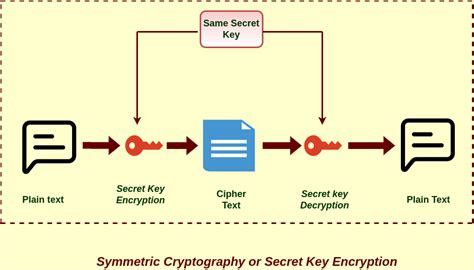In the ever-evolving landscape of software development and security, safeguarding secrets in your codebase is paramount. A new CLI tool named Entropy has drawn attention for its ability to scan files and identify high entropy lines, which might indicate the presence of concealed secrets such as passwords, API keys, or tokens. Written in Go, the tool emphasizes ease of use and effectiveness, providing developers with a simple yet powerful means to audit their repositories.
At the heart of Entropy lies its ability to measure the randomness or ‘entropy’ of a line of code. High entropy typically suggests a string that is less compressible and potentially more random, characteristics often found in secrets. When you run Entropy, it parses your files, calculating the entropy for each line and flagging those that exceed a certain threshold. This mechanism can help identify strings that traditional regex searches might overlook, particularly in large and complex codebases.
However, the tool isn’t without its caveats and limitations. One commenter pointed out a concern that using Entropy as a ‘last line of defense’ might foster complacency or a false sense of security among developers. The fear is that reliance on such tools could lead to poor secret management practices, such as hardcoding credentials. It’s a reminder that while tools like Entropy are valuable, they should be part of a multi-layered security strategy. Security isn’t achieved through a single tool but through a combination of practices, checks, and balances.
Another critical point raised in the discussions is the potential for false positives. High entropy alone doesn’t necessarily mean a string contains a secret. For example, the string ‘ABCDEFGHIJKLMNOPQRSTUVWXYZabcdefghijklmnopqrstuvwxyz1234567890’ flagged by Entropy is high in entropy but is merely the full alphanumeric set, not a secret. Therefore, the onus still falls on developers to validate and discern the context of flagged lines. This emphasizes the need for manual review alongside automated scans.
Advanced users and security-conscious organizations might find Entropy’s simplicity both a strength and a weakness. While it is straightforward to implement and run, there are other tools in the ecosystem like Gitleaks, detect-secrets, and Trufflehog, which have been refined through extensive use and often offer more nuanced analysis. Comparing the output of these tools can provide a broader perspective on potential vulnerabilities.
Many in the community also highlighted the importance of adopting standardized secret identifiers. One user suggested that similar to GitHub’s convention for secret tokens, adopting identifiers can streamline the detection process. This practice not only aids automated tools but also human reviewers, creating a more predictable security pattern across projects and organizations.
Moreover, the idea of seamless credential rotation was another angle discussed. The concept is that if organizations could automate and expedite their credential rotation process, the impact of leaked secrets would be minimized. This approach complements the detection tools by ensuring that even when secrets are found, their exposure window is incredibly short. Automated credential rotation could become a cornerstone of modern DevSecOps practices, blending security and agility seamlessly.
As a final thought, it’s clear that while Entropy introduces valuable capabilities, it’s part of a broader conversation about code and data security. Developers and security teams must continue to leverage multiple tools and strategies, maintaining vigilant and proactive approaches. Whether through better secret management practices, automated scans, or adopting continuous integration pipelines that incorporate security from the ground up, the end goal remains the same: protecting sensitive information from inadvertent exposure.
Ultimately, tools like Entropy are a welcome addition to our security arsenals, offering new methodologies to an age-old problem. Embracing such innovations, while understanding their constraints and augmenting them with comprehensive security measures, is the path forward in achieving robust software security.


Leave a Reply